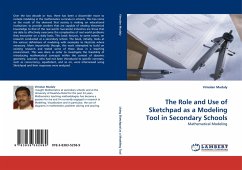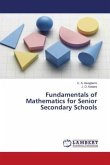Over the last decade or two, there has been a discernible move to include modeling in the mathematics curricula in schools. This has come as the result of the demand that society is making on educational institutions to provide workers that are capable of relating theoretical knowledge to that of the real world. Successful industries are those that are able to effectively overcome the complexities of real world problems they encounter on a daily basis. This book focuses, to some extent, on research conducted at a secondary school. The book, initially, looks at the various definitions of modeling with examples to illustrate where necessary. More importantly though, this work attempted to build on existing research and tested some of these ideas in a teaching environment. This was done in order to investigate the feasibility of introducing mathematical concepts within the context of dynamic geometry. Learners, who had not been introduced to specific concepts, such as concurrency, equidistant, and so on, were interviewed using Sketchpad and their responses were analyzed.
Bitte wählen Sie Ihr Anliegen aus.
Rechnungen
Retourenschein anfordern
Bestellstatus
Storno








